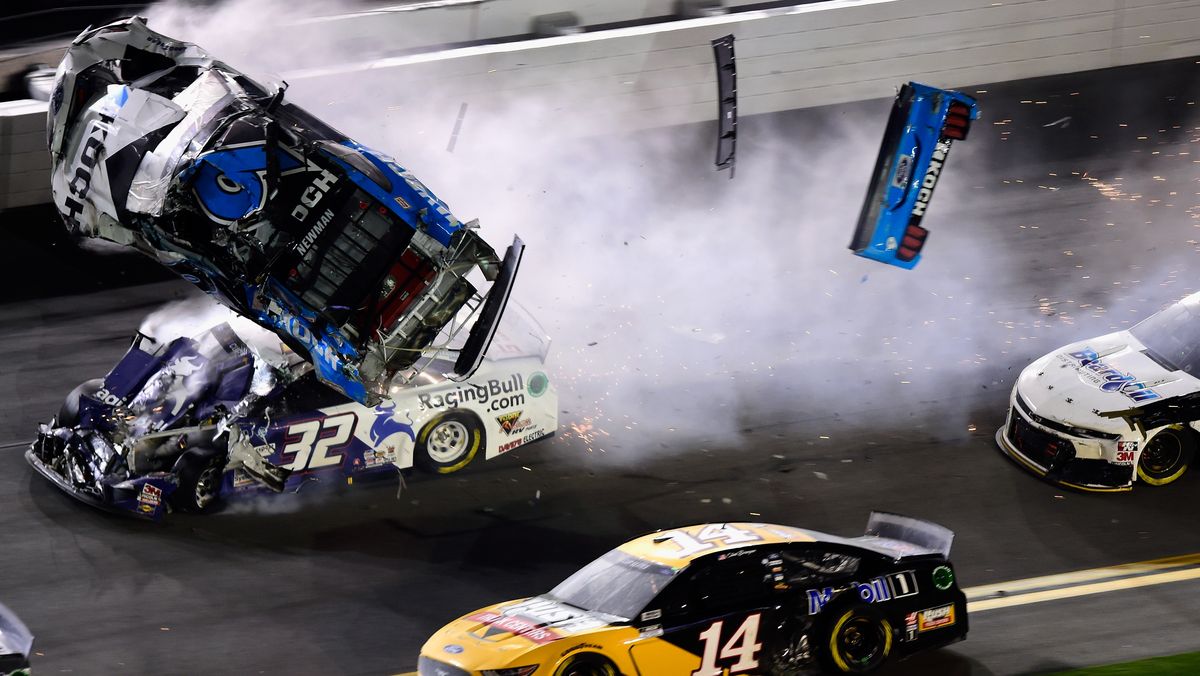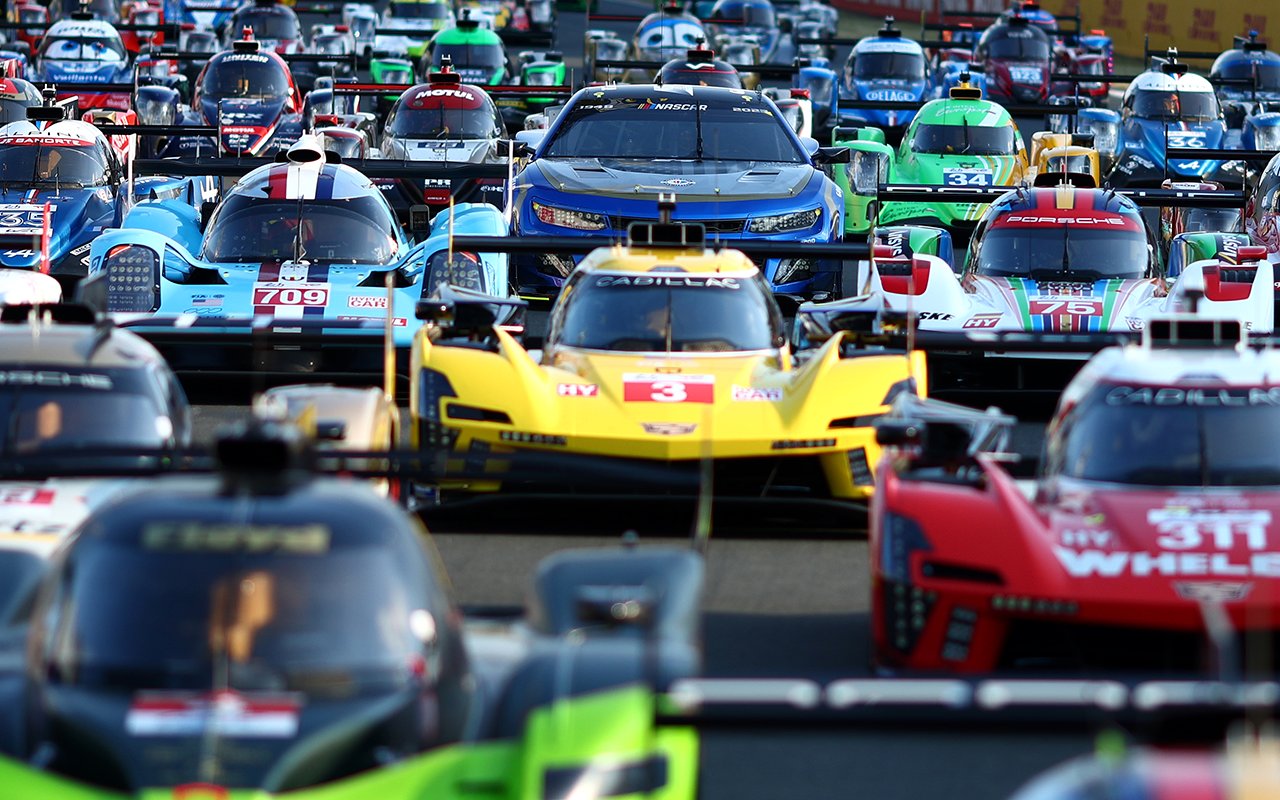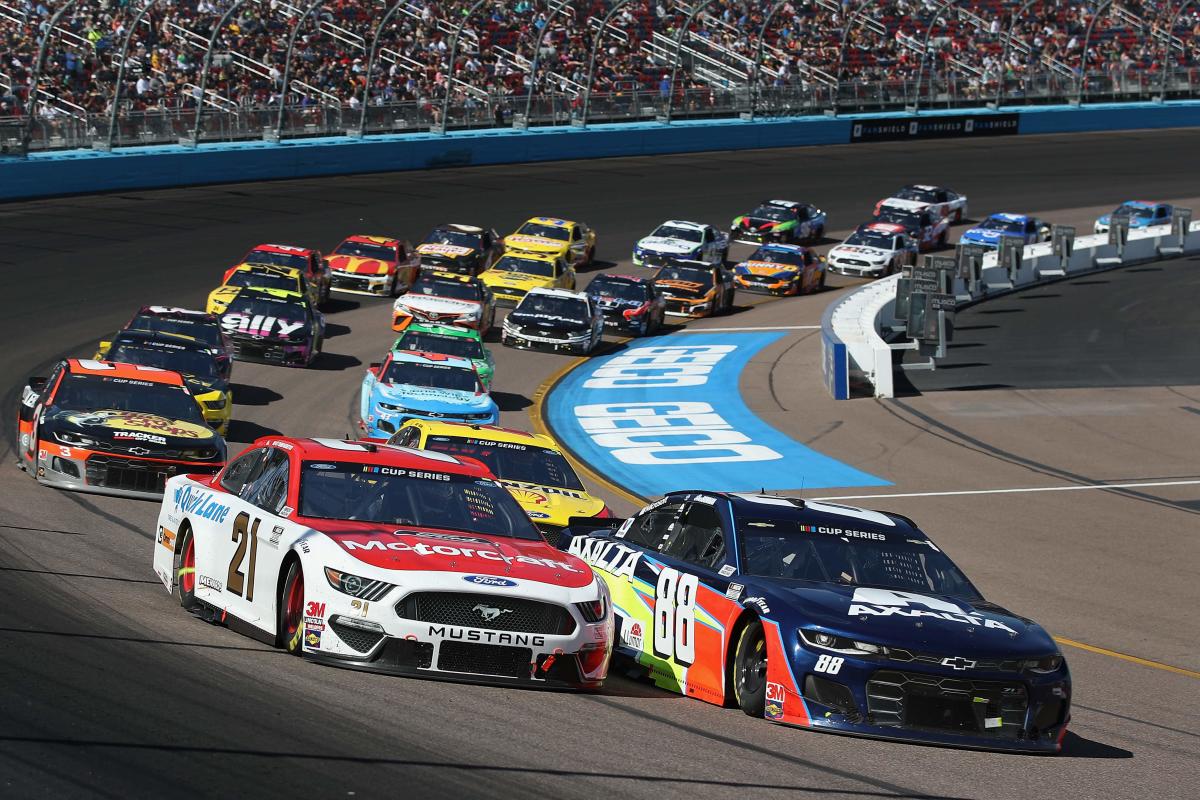NASCAR has a long-standing reputation as one of the least dangerous racing series in the entire motorsports industry. When compared to Formula One cars, NASCAR cars have a better reputation for driver safety thanks to a number of safety measures put in place. To ensure the safety of its drivers, NASCAR has implemented a number of measures in recent years, including significant improvements to vehicle design.
Have you ever seen a NASCAR driver change? The cars have no doors, so they climb through the window. Not as easy as they make it look!@TeamHendrick @nascarg56 #LeMansCentenary #WEC pic.twitter.com/GA3yubN24H
— 24 Hours of Le Mans (@24hoursoflemans) June 7, 2023
Let’s dive deeper into the reasons that make NASCAR a safer approach than other motorsports.
F1 has fewer safety measures than NASCAR
Although Formula 1 has made significant progress in safety over the years, NASCAR has taken even more precautions. A major difference that lies between the two sports’ safety features is the design of the vehicle. Due to the open design of F1 cars, drivers are at risk of suffering serious head trauma in a collision. NASCAR cars, on the other hand, have a roof over the driver’s head, providing added safety.

There are also tracks where NASCAR requires the use of restrictor plates. These plates restrict air and fuel flow to the engine, slowing vehicles to a more manageable pace. This helps prevent high-velocity collisions. On top of that, it reduces the consequences should a crash occur.
Roll cages are another NASCAR-specific safety feature. These steel reinforcements are built right into the car to keep it from collapsing in a rollover or protecting the driver in a collision. F1 cars, in this regard, can go to bits in a high-speed crash.
NASCAR makes significant Next-Gen upgrades for vehicle safety
NASCAR has introduced some new upgrades to the Next-Gen NASCAR vehicle that should drastically improve the vehicles’ safety after the crash incident at Talladega.
NASCAR pays the most attention to the cockpit and the front bumper. These alterations are made to improve crash protection by increasing the front clip’s crush resistance. It is designed to lessen the force of an oncoming frontal impact on the vehicle’s central console and driver. The goal of the modifications made to the vehicle’s right side is to make it more resistant to break-ins in the event of a collision.

Here’s a list of all the necessary changes:
Improvements to the vehicle’s dashboard and front bumper:
- Plated right-side door bars
- Front clip softening
- Front strut softening
- Front ballast box softening (must be empty)
- Modified cross brace
Center section updates:
- Two left-side door plate gussets
- 0.060” thick right-side steel door plate installed
- Additional tube in the left side of the main cage
Front clip updates:
- Upper rail triggers
- Removal of upper control arm longitudinal tube behind engine mount
- Front ballast softening (must be empty)
- Upper frame horns
- New front cross member
Front bumper strut updates:
- Four main slots in the right and upper struts
- Two minor triggers on the longitudinal leg
- Eight main slots in the right and left lower struts
- Two minor triggers on the longitudinal leg
NASCAR announces significant safety updates to the Next Gen car following the crash involving the Nos. 5 and 41 cars at Talladega.
These changes are set to debut at Atlanta Motor Speedway. pic.twitter.com/bPoOGMRSGb
— NASCAR (@NASCAR) June 8, 2023
Some of the revisions have been in development since early January. After the accident in April between Kyle Larson and Ryan Preece at Talladega Superspeedway, officials had new information and a different way of looking at the right-side door bars.
These upgrades should make their way into the sport next month, with the introduction of the Next-Gen chassis at Atlanta Motor Speedway.








